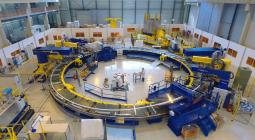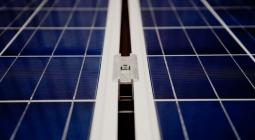Shift to renewable energy could have biodiversity cost, researchers caution.
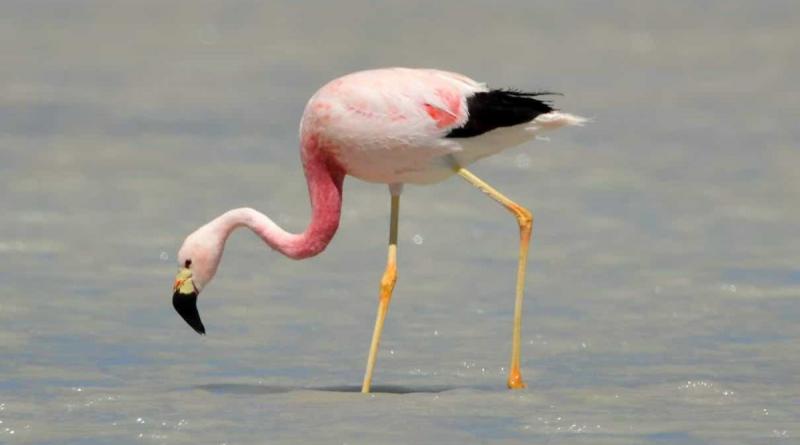
- Climate change has widely reported negative consequences, and innovations in renewable energy technologies are central to achieving the Paris climate treaty goals to mitigate these effects.
- A new report cautions that mining of metals used in manufacturing renewable technologies like wind turbines, solar power, and electric vehicles has costs, including for biodiversity.
- Negative effects from the mining of metals like aluminum, cobalt and rare earths could impact a range of creatures from flamingoes to gorillas, plants, and even deep sea creatures.
- Until widespread recycling and reuse of these materials becomes a feasible alternative to mining, these activities should be monitored and verified via certification schemes such as the Initiative for Responsible Mining Assurance, researchers say.
Climate change has widely reported negative consequences, including exacerbating severe weather patterns, harming wildlife and potentially worsening human conflict and migration.
In an attempt to minimize these planetary changes, the Paris Agreement set the ambitious goal of limiting global warming to 1.5 degrees Celsius (2.7 degrees Fahrenheit) above pre-industrial levels by reducing greenhouse gas emissions. Innovations in renewable energy technologies like wind and solar power, along with electric vehicles (EVs), will be essential to hitting these goals. But according to experts, the long-awaited move to a fossil fuel-free economy will not come without its own set of issues.
“The transition towards a renewable energy and transport system requires a complex mix of metals — such as copper, cobalt, nickel, rare earths, lithium and silver — many of which have only previously been mined in small amounts,” says a recent reportcommissioned by Earthworks, an environmental nonprofit that promotes sustainable solutions to the impacts of mineral and energy development.
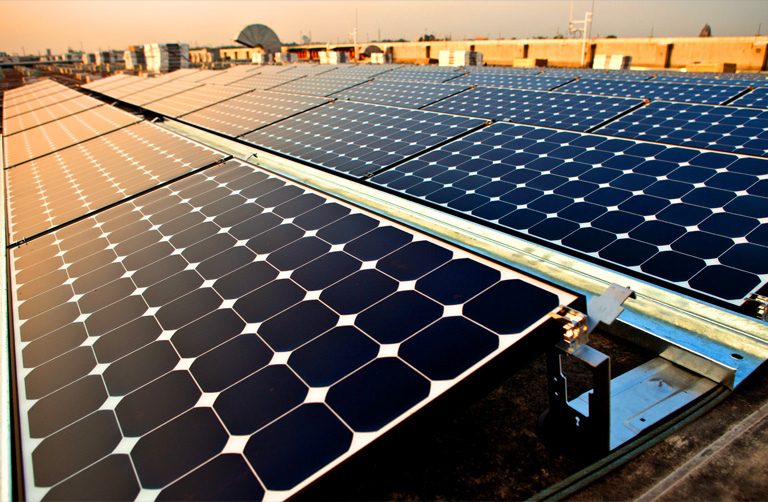
The report, compiled by a research team from the University of Technology Sydney’s (UTS) Institute for Sustainable Futures (ISF), details issues in the supply chains of 14 minerals used in renewable energy production and use, including batteries for EVs. The researchers modeled demand for these “battery metals” on a scenario where society would use 100 percent renewable energy by 2050 — a best-case situation for climate mitigation, but not necessarily for other aspects of the environment if current harmful mining practices continue as the industry standard, according to them.
While the study explores the considerable impacts of such mining on human health and culture, it shows that biodiversity could be under threat, too.
“A rapid increase in demand for metals for renewable energy … could lead to mining of marginal or unconventional resources, which are often in more remote or biodiverse places,” said study co-author Elsa Dominish, a senior research consultant at the ISF. In short, some remote wilderness areas have maintained high biodiversity because they haven’t yet been disturbed — but neither have their reserves of minerals, making these areas attractive targets for mining companies.
“The mining of many metals used for renewable energy technologies and EVs already impacts wildlife biodiversity,” Dominish told Mongabay, citing the example of bauxite mining.
Bauxite ore is used to produce aluminum, a key component in almost all renewable technologies. Like many minerals used by the renewable energy industry, the valuable ore sits near the surface, meaning that mining companies must clear and strip-mine large areas of land to acquire commercial quantities.
“Serious impacts of bauxite mining have been reported in Indonesia, Malaysia, India and Guinea,” Dominish said. Mongabay recently looked at the effects of bauxite extraction in Guinea, where a mining concession poses a serious risk to populations of endangered western chimpanzees (Pan troglodytes verus). Conflicts between biodiversity conservation efforts and mining operations may therefore become more frequent as the renewable energy industry picks up speed.
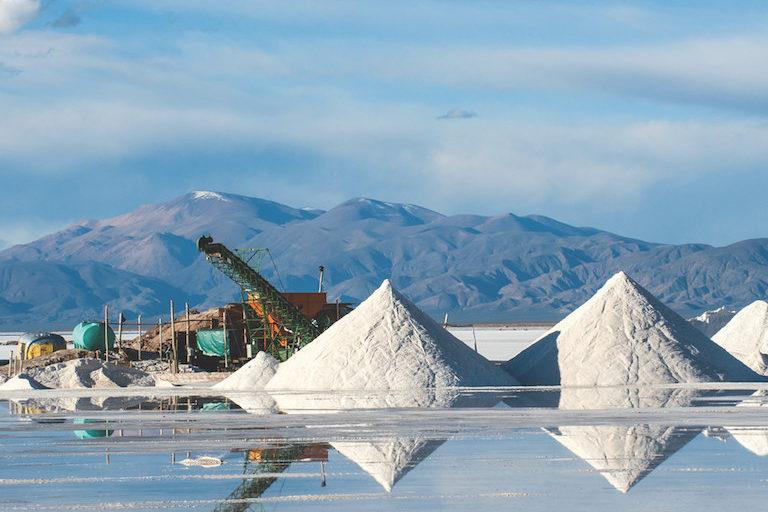
Renewable energy vs. wildlife
Renewable energy can be paradoxical for wildlife, according to Laura Sonter, head of a lab at the University of Queensland that researches the biodiversity impacts of mining. Many species rely on specific climatic conditions in their native ranges and are at risk from pressures like unstable weather patterns and reduced access to their preferred foods.
Climate change mitigation can benefit such at-risk ecosystems, but that’s true only for those that remain standing, Sonter told Mongabay: “While mitigating climate change is vital for conserving biodiversity, and increasing renewable energy production is an important avenue in achieving this goal, increasing metal demand could create huge new mining threats to biodiversity.”
New mines that will become active in the next two years, listed in the Earthworks report, include one for cobalt in the Katanga region of the Democratic Republic of Congo (DRC), nickel in Zambia, and rare earth metals (a group of 17 elements such as scandium and yttrium) in South Africa’s Western Cape region. These highly biodiverse sites are not the only areas at risk; threats to wildlife from such mining can be found nearly worldwide.
The DRC holds large reserves of minerals like nickel and cobalt, both in Katanga, where mines already exist, and under the lush jungles that are home to the country’s great apes, elephants and other wildlife. A road built through previously untouched forest wilderness has brought hope and connectivity to the region’s rural populations and linked Cameroon to the DRC for the first time, but conservation officials fear it could also make new deposits of these valuable minerals accessible to mining companies.
In Madagascar, one of the world’s biodiversity hotspots, a proposed rare-earth mine was recently given a renewed exploration license on the Ampasindava Peninsula. Mongabay previously reported that this mine could be problematic for some of Madagascar’s endemic wildlife, including populations of endangered Mittermeier’s sportive lemur (Lepilemur mittermeieri).
Nickel mining on the Indonesian island of Sulawesi has also caused environmental degradation in an area already weakened ecologically by demand for timber and oil palm, potentially putting habitat pressure on species like the critically endangered crested macaque (Macaca nigra). There are plans to increase nickel production through new mines, aimed at ramping up battery production in anticipation of EV demand, while proposed expansion of nickel mining in Indonesia has prompted violent protests as well as allegations of government corruption.

In the Americas, copper mining threatens Panama’s biodiverse tropical forests in the Mesoamerican Biological Corridor, where locals fear that water contamination and crop losses will provide “bread for today, hunger for tomorrow” for mine workers, as the saying goes. Other critics of the mining concession say the environmental impact assessment carried out by the project developers only accounted for large animals, ignoring potential harm to ecologically important groups like birds and bats.
Even the oceans aren’t safe from the potential impacts of mining for renewable energy materials. Rich deposits of a wide range of desirable metals, including an estimated 120 million tons of cobalt, have been identified on ocean floors around the world. Deep-sea mining, which was previously thought to be financially unfeasible, has recently been the subject of renewed interest among extraction companies, according to the Earthworks report, including proposed mining off the coast of Papua New Guinea. The depths of the oceans, once thought to be relatively lifeless voids, are actually surprisingly biodiverse; according to recent research, deep ocean ecosystems are so expansive that humans may be destroying species and ecosystems that science knows almost nothing about.
Competing objectives
Conservationists and renewable energy companies have at least one shared long-term goal: to reduce the impacts of climate change. But low rates of recycling mean that demand for newly mined materials to generate renewable energy will remain steady, according to the report.
“Reducing the environmental and social impacts of supply is not a major focus of the renewable energy industry,” according to its authors, who add that the negative impacts, particularly from mining cobalt in the DRC, are well known. Despite this, industry experts interviewed for the report say EV companies are wary of responsible sourcing, due to concerns that certified mines may not be able to produce enough volume to meet their needs.
According to a recent paper by Sonter’s group, “conservation commitments are subject to changes in the financial atmosphere.” In other words, mining groups are happy to make sustainability pledges so long as they keep making money. This difference in short-term goals is the root of the problem, according to Sonter, which makes it difficult for conservation groups to trust mining companies.
“Often, the two [have] very different immediate objectives, which, in many cases, conflict with one another,” she said. “Mining requires land clearing in sites containing minerals, whereas conservation seeks to protect biodiverse sites.
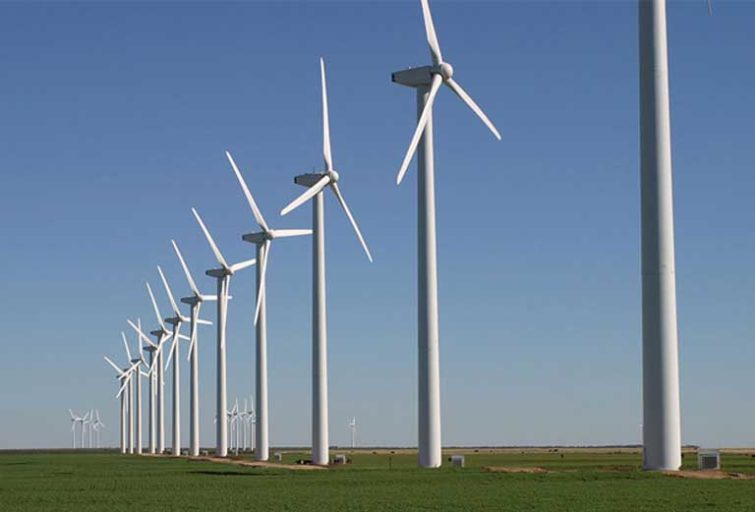
“We need conservation scientists to identify the sites that house immense biodiversity value and should therefore be off-limits to mining,” Sonter added, while allowing that mining in some areas would be necessary: “These sites must be [robustly protected against] threats posed by mining, but also flexible enough to ensure a transition to a renewable-energy economy is feasible.”
At present, though, conservation officials are largely unaware of the increased threat to biodiversity that is posed by the shift to a renewable energy economy, according to Sonter.
Additional mining impacts
Threats to biodiversity sometimes come in different forms than land clearing, but can be just as harmful to wildlife. Lithium, which has been called the “white gold” of the energy transition, is the key component in lithium-ion batteries, making it essential to a range of products from cellphones to EVs. Much of the world’s lithium is found in the “Lithium Triangle” that sits between Argentina, Bolivia and Chile. The Earthworks report lists multiple mining projects now under development in all three countries.
Datu Buyung Agusdinata at Arizona State University’s School of Sustainability researches patterns of lithium mining and the environmental degradation of Chile’s Atacama salt flats. According to research by his group, these salt flats, or salares, are facing degradation from the extraction.
“The salares with the highest lithium concentrations are among the world’s biodiversity hotspots … and some have been declared Ramsar sites under the Convention on Wetlands,” Agusdinata told Mongabay. Ramsar-listed wetlands, like Los Flamencos National Reserve in the Atacama, are ecologically important sites protected by intergovernmental treaty.
“These wetlands are crucial breeding and nesting sites for the area’s flamingos, including two species that are endemic to the region and considered vulnerable and near-threatened, respectively, by the [International Union for Conservation of Nature],” Agusdinata said. The Andean flamingo (Phoenicoparrus andinus) and the Chilean flamingo (Phoenicopterus chilensis), which are endemic to South America, rely on specific conditions in the salt flat ecosystems for survival. If the salinity of the waters change, the algae that feed the flocks could die off and be replaced by inedible microbes.
“Lithium mining in the national reserved areas [is] affecting wildlife mostly due to intensive water withdrawal,” Agusdinata said. “Approximately two-million liters [530,000 gallons] of water are pumped and evaporated to obtain a ton of lithium product and more freshwater is needed to produce the purified form for export.”
The intense water requirements for lithium affect humans, too. In Argentina’s Jujuy province, where similar lithium extraction techniques are used, members of indigenous Kolla communities recently blocked roads to protest the mining practices. Local communities in Chile have also faced water shortages, leading to the abandonment of crops and pastures, according to Agusdinata.
“They have emigrated to nearby cities, transforming farmers and ranchers into workers for mining companies,” he said.
Agusdinata said there are many ways that the mining companies can reduce their environmental impact, including recycling wastewater, minimizing waste products, and processing brine more efficiently.
“The current mining methods can be improved without compromising economics, while still protecting social and environment systems,” he said.
A need for more recycling
The Earthworks report cites boosting efficiency measures throughout the industry as key to a more sustainable mineral supply chain. The solar industry will especially need to focus on efficiency, as recycling of solar cells can be difficult and is not economically feasible under current business models.
Recycling will be “the most important strategy” to reduce primary demand for battery metals, according to the report, although some materials, like lithium and manganese, are not currently recovered at high enough rates. The researchers’ modeling shows that reduced use of cobalt could also help to reduce degradation within the supply chain.
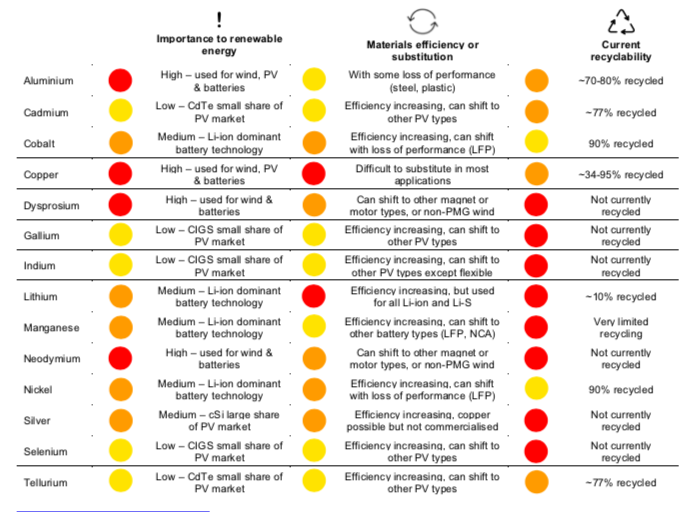

Until recycled materials become a feasible alternative to mining, the researchers say, the industry will continue to mine new materials to meet the growing needs of the energy sector, and renewable energy companies will be on the hook for ensuring that their emissions-free technologies aren’t causing potentially irreversible environmental degradation.
“[The] best practice is to source metals through verified high-bar standards/certification schemes (such as the Initiative for Responsible Mining Assurance) [rather than through] industry self-monitoring,” said report co-author Dominish.
According to the report summary, the EV and battery industries urgently need to take action to ensure sustainability in their supply chains, particularly for the sourcing of lithium, cobalt and rare earth metals.
What to do?
Environmentally minded consumers may be able to affect at least some practices of the renewable energy industry (beginning with recycling cellphones, tablets and similar devices).
“[EV] manufacturers are consumer facing brands, [and so] will face more public pressure to improve practices,” Dominish said. “[Consumers] can influence their suppliers to use responsible practices.”
Non-consumer-facing entities, like wind or solar energy developers, may be less susceptible to public scrutiny, Dominish said. Still, the report says that increased demand for sustainable materials from the EV and battery industries could be effective in pushing responsible practices within the broader supply chain.
In spite of the potential environmental impacts of mining, Dominish expressed support for moving forward with renewable technologies.
“Yes, renewable energy and electric vehicles are still very important technologies to help us urgently reduce our dependence on fossil fuels,” she said, adding that a greater emphasis on recycling as well as an increased reliance on public transportation would be necessary to ensure that these technologies are sustainable in the long term.
Citations:
Dominish, E., Florin, N. and Teske, S. (2019). Responsible minerals sourcing for renewable energy. Report prepared for Earthworks by the Institute for Sustainable Futures, University of Technology Sydney.
Liu, W., Agusdinata, D. B., & Myint, S. W. (2019). Spatiotemporal patterns of lithium mining and environmental degradation in the Atacama Salt Flat, Chile. International Journal of Applied Earth Observation and Geoinformation,80, 145-156. doi:10.1016/j.jag.2019.04.016
Sonter, L. J., Ali, S. H., & Watson, J. E. (2018). Mining and biodiversity: Key issues and research needs in conservation science. Proceedings of the Royal Society B: Biological Sciences,285(1892), 20181926. doi:10.1098/rspb.2018.1926
Taylor, M. L., & Roterman, C. N. (2017). Invertebrate population genetics across Earth’s largest habitat: The deep-sea floor. Molecular Ecology, 26(19), 4872-4896. doi:10.1111/mec.14237
18 June 2019
MONGABAY

